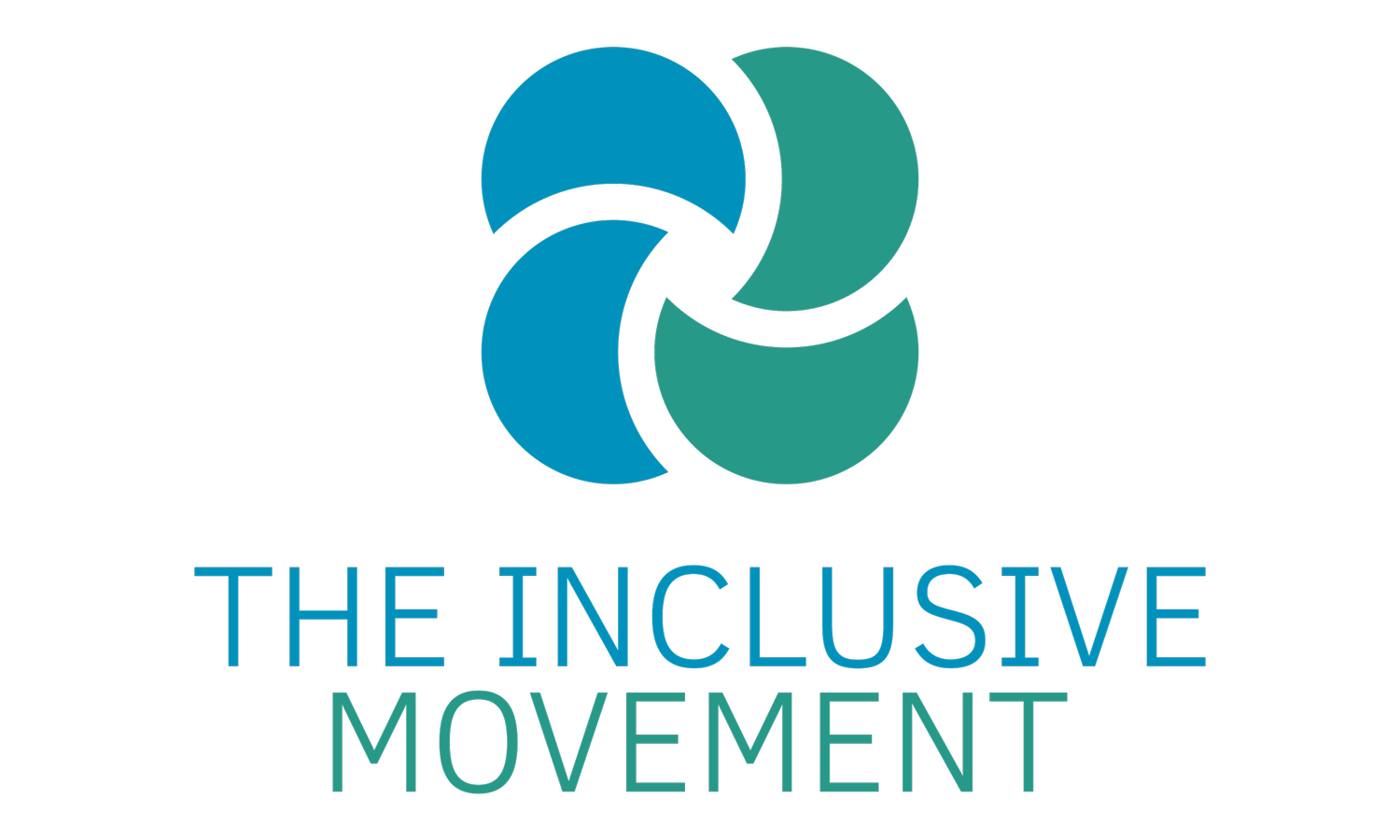Neurodiversity and the Neurodiversity Movement
In a world that's constantly evolving, our understanding and acceptance of diversity need to evolve too. Enter the concept of neurodiversity — a term that's picking up speed in discussions around equality, inclusion, and respect for differences in human cognition. But what is neurodiversity, and what does it mean for our society?
What Is Neurodiversity?
Neurodiversity is a relatively new concept. It suggests that neurological differences like autism, ADHD, dyslexia, and other forms of atypical brain functioning are natural variations of the human genome. Coined by sociologist Judy Singer in the late '90s, the term initially focused on autism but has since expanded to encompass a broader range of traits and conditions.
The neurodiversity movement is an initiative that asserts these neurological differences should be recognised and respected, rather than pathologised or "cured". It advocates for societal structures that celebrate these differences and create opportunities for all individuals to thrive.
Understanding neurodiversity requires a shift in perspective — moving from a traditional deficit model to an affirmative one. Instead of viewing neurodivergent traits as lacks or disorders, neurodiversity invites us to see them as different but equally valuable ways of experiencing the world.
The Many Faces of Neurodiversity
Neurodiversity encompasses a wide spectrum of neurological profiles, each with its unique strengths and challenges. For example:
Autism: characterised by difficulties in social interaction and communication, as well as by repetitive behaviors. However, autistic individuals often display exceptional talents in areas such as pattern recognition and focused thinking.
Attention-deficit/hyperactivity disorder (ADHD): includes symptoms like impulsivity and hyperactivity. But individuals with ADHD may also demonstrate enhanced creativity and the ability to hyperfocus.
Dyslexia: which affects reading and language skills, can also be associated with superior problem-solving and dimensional thinking.
These conditions, and many others, are part of the fabric of neurodiversity, offering a wider lens through which to view the human experience.
Benefits of a Neurodiverse Society
The advantages of a neurodiverse society are not just theoretical; they have tangible benefits that can be harnessed in various settings.
Innovation: Neurodiverse teams often come up with novel solutions and ‘out-of-the-box’ ideas that can revolutionize industries.
Problem-solving: Diverse cognitive styles lead to multiple approaches to a problem, increasing the likelihood of finding effective solutions.
Creativity: Many neurodivergent individuals possess unique creative talents, contributing to the cultural enrichment of society.
Empathy and Inclusivity: A society that values neurodiversity fosters a broader sense of empathy and inclusivity, ultimately making it a more harmonious place for all its members.
Companies are increasingly tapping into the potential of neurodiverse talent, recognizing that inclusion is good for business. Neurodiverse individuals bring fresh perspectives that can be a driver for success, innovation, and competitive advantage.
Challenges and Misconceptions
Despite the growing acceptance of the neurodiversity movement, challenges remain. One of the biggest barriers is the persistence of societal stigmas and misconceptions about what it means to be neurodiverse.
Misconceptions often lead to:
Misdiagnosis: Neurodivergent individuals, particularly those from marginalized communities, are more likely to be misdiagnosed and receive inappropriate supports.
Low Expectations: A culture of low expectations can limit opportunities for neurodiverse individuals, preventing them from reaching their full potential.
Bullying and Exclusion: Stigmatization can result in bullying at school and discrimination in the workplace, contributing to higher rates of mental health issues among neurodiverse individuals.
Addressing these issues requires a concerted effort from all segments of society to educate, advocate, and elevate the voices of the neurodiverse community.
The Role of Parents and Educators
Parents and educators play a pivotal role in the neurodiversity movement by shaping the experiences and expectations of neurodiverse children. They must receive guidance and training on how to create supportive, nurturing environments that encourage the development of all abilities.
Practical strategies include:
Early Intervention: Identifying and addressing the specific needs of neurodiverse children early on can significantly improve their long-term outcomes.
Inclusive Education: School environments that celebrate diversity and provide individualized support can be transformative for neurodiverse students, setting the stage for success.
Stakeholder Collaboration: Engaging with neurodiverse individuals, their families, and relevant professionals in creating educational plans ensures a comprehensive and person-centered approach.
By championing inclusion and diversity within educational settings, parents and educators can help foster a neurodiversity-affirming society that empowers every individual to contribute their unique gifts.
The Future of the Neurodiversity Movement
The neurodiversity movement is gaining momentum, with an increasing number of organizations and legislators advocating for policies that support neurodiverse populations. We are also witnessing a rise in initiatives led by neurodiverse individuals themselves, promoting visibility, rights, and respect.
The future of the neurodiversity movement looks promising, with growing awareness and commitment to creating a more inclusive world. This shift towards neurodiversity-affirming frameworks will undoubtedly influence the shaping of laws, educational practices, and social norms.
Conclusion
The neurodiversity movement challenges us to rethink our approach to differences in brain function. By promoting acceptance, we open the door to a world where every individual is valued and recognized for their unique contributions.
Incorporating neurodiversity into our cultural narrative and social structures is not just the right thing to do; it's a strategic move towards a more equitable and successful society. As we continue to advance, our shared goal should be to create a world that is not only neurodiverse but also neuro-affirming — one where every mind is celebrated and empowered to flourish.
